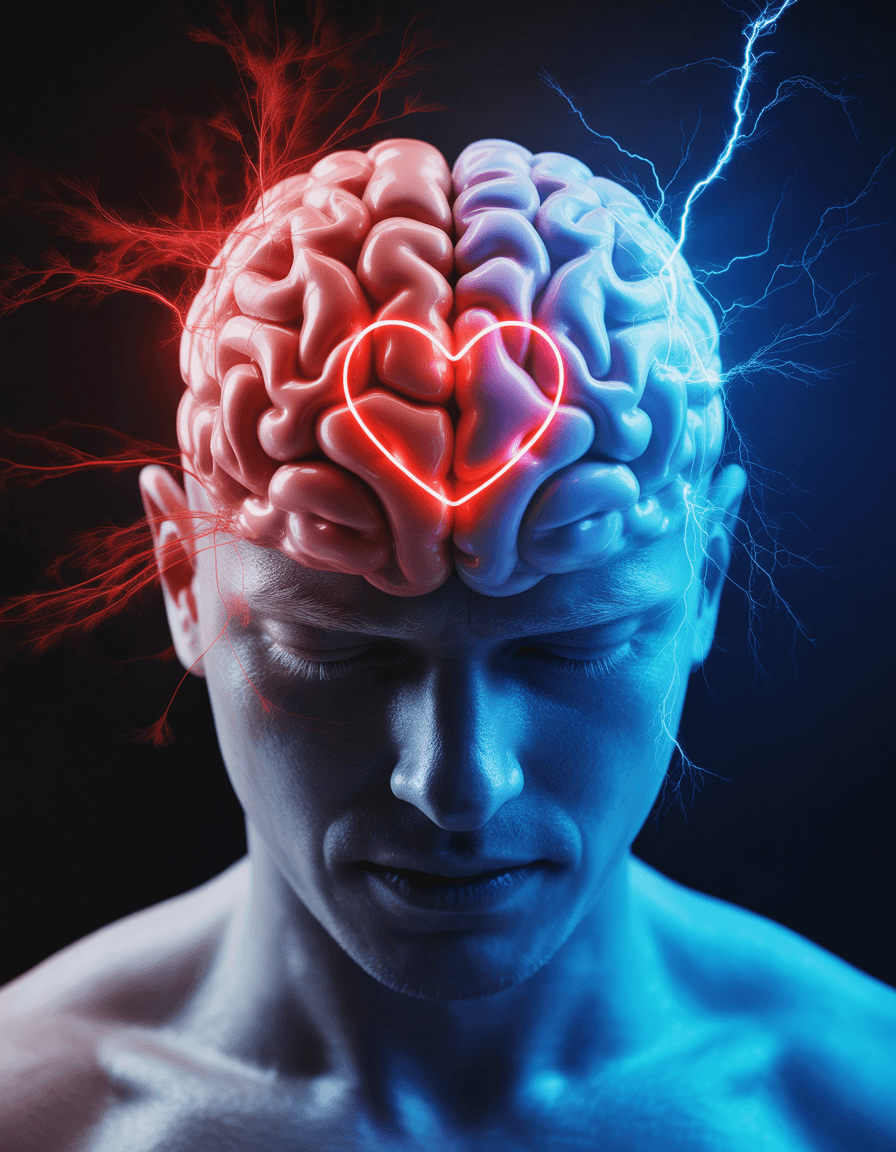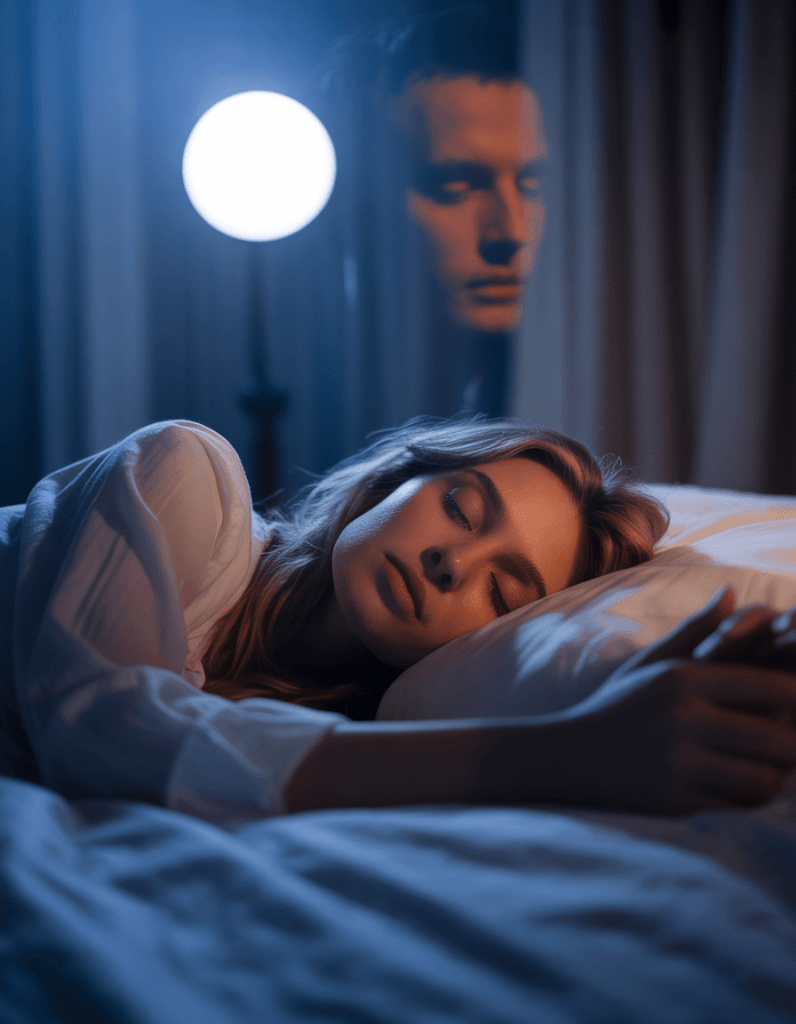The cannon-bard theory is a central concept in psychology, explaining how emotions and physiological responses interact. Unlike earlier models, it emphasizes that emotions and bodily reactions occur simultaneously, rather than one causing the other. This perspective transformed the study of emotional experiences and continues to influence research on mental health, emotional processing, and human behavior.
The Origins of the Cannon-Bard Theory
The cannon-bard theory was developed in the early 20th century by Walter Cannon and Philip Bard. It challenged the prevailing James Lange theory, which suggested that physiological changes precede emotional experience. According to the James Lange theory, a person feels fear because their heart races or muscles tense. Cannon and Bard argued that emotion and physical response happen at the same time.
Walter Cannon, a physiologist, observed that similar physiological responses often accompany very different emotions. For example, an increased heart rate could occur during fear, excitement, or anger. Philip Bard collaborated with Cannon to show that the brain, especially the thalamus, plays a central role in producing emotional experiences. Their work led to the development of the cannon-bard theory, sometimes referred to as the bard theory or bard emotion theory.
How the Cannon-Bard Theory Works
According to the cannon-bard theory, when a person encounters a stimulus, such as a frightening experience, the thalamus sends signals simultaneously to the cortex (producing emotional experience) and the autonomic nervous system (producing physiological responses). This means emotional reactions and physiological responses like shaking or increased heart rate occur at the same time.
Για παράδειγμα:
- A person sees a snake while walking in the woods.
- Their heart races, muscles tense, and adrenaline surges.
- At the same time, they experience fear.
This simultaneous process is central to the cannon-bard theory, rather than the sequential model proposed by the James Lange theory.
Key Principles of the Cannon-Bard Theory
The cannon-bard theory is based on several core principles:
- Simultaneous Response
Emotional experiences and physiological reactions occur simultaneously in response to a stimulus. One does not cause the other but happens in parallel. - Role of the Thalamus
The thalamus serves as a hub, sending signals to both the cortex and the autonomic nervous system to trigger emotional and physiological responses. - Independent Physiological Reactions
Similar physiological responses can occur with different emotions. For instance, increased heart rate or sweating may accompany fear, anger, or excitement. - Immediate Emotional Experience
Individuals experience emotion instantly without needing feedback from the body to interpret their feelings.
Comparison with Other Theories of Emotion
James Lange Theory
The James Lange theory proposes that emotions result from physiological changes. You feel fear because your body reacts first. The cannon-bard theory challenges this by showing that emotional experience and bodily responses happen simultaneously.
Schachter-Singer Theory
The Schachter-Singer two-factor theory emphasizes that emotions depend on both physiological arousal and cognitive interpretation. The cannon-bard theory differs by asserting that cognitive appraisal is not necessary for the experience of emotion; the brain triggers feelings and physical reactions at the same time.
Evidence Supporting the Cannon-Bard Theory
Research supports the cannon-bard theory:
- Animal Studies: Experiments with cats showed that stimulating the thalamus produced emotional behaviors even with cortical damage.
- Human Research: Brain imaging studies show thalamic activation occurs at the same time as autonomic responses and emotional awareness.
- Clinical Observations: People with spinal cord injuries still report emotions even when their physical reactions are limited, supporting the idea that emotion is not solely dependent on physiology.
Examples of the Cannon-Bard Theory in Action
- Fear Response
A person walking in a dark alley hears footsteps. Their heart races, palms sweat, and muscles tense while they simultaneously experience fear. - Joy and Excitement
At a surprise party, physiological arousal like smiling and laughter happens at the same time as the emotional experience of happiness. - Anger
During a heated argument, increased blood pressure, shaking, and tense muscles occur alongside the feeling of anger, illustrating the simultaneous nature of emotion and physical response.
Significance of the Cannon-Bard Theory
The cannon-bard theory highlights the role of the brain in emotional processing. It shows that physical reactions are not the sole cause of emotional experience and challenges the sequential model of the James Lange theory. The theory also laid the foundation for modern research into brain structures like the amygdala and hypothalamus in regulating emotions.
Critiques and Limitations
Although influential, the cannon-bard theory has limitations:
- It may oversimplify complex emotions and does not account for cognitive appraisal.
- The theory does not fully explain differences in emotional intensity caused by varying physiological arousal.
- Later research shows multiple brain regions beyond the thalamus contribute to emotional experiences.
Despite these critiques, the cannon-bard theory remains central to understanding the interaction of emotion and physiological response.
Applications of the Cannon-Bard Theory
- Psychology and Therapy
The theory helps therapists explain how emotions can arise independently of physical reactions, useful for anxiety and stress-related disorders. - Education and Training
Teaching students about the cannon-bard theory helps them differentiate bodily reactions from emotional experiences, promoting emotional intelligence. - Medical Fields
Understanding how physiological arousal and emotions interact informs treatments for conditions like PTSD, where a frightening experience triggers both emotional and physical responses.
Modern Research and the Cannon-Bard Theory
Neuroscience confirms much of the cannon-bard theory:
- Neuroimaging shows interaction between the thalamus and cortex during emotional processing.
- Physiological studies indicate bodily feedback contributes, but the brain generates emotions simultaneously with physical reactions.
- Emotional processing involves networks including the amygdala, prefrontal cortex, and hypothalamus, supporting the simultaneous nature of emotion and physiology.
Key Terms to Remember
- Physiological responses: Bodily reactions like heart rate, sweating, or shaking.
- Emotional experiences: Subjective feelings such as fear, anger, joy, or sadness.
- Thalamus: Brain region that transmits signals for both emotion and physiological arousal.
- Simultaneously: Occurring at the same time, central to the cannon-bard theory.
- Autonomic nervous system: Part of the nervous system regulating involuntary functions like heart rate and sweating.
Συμπέρασμα
The cannon-bard theory is a foundational theory of emotion that shows how emotional reactions and physiological responses occur simultaneously. Unlike the James Lange theory, it emphasizes the brain’s central role in producing emotion independently of bodily feedback. Understanding this theory provides valuable insights into human behavior, emotional processing, and mental health. Whether facing a frightening experience or a joyful moment, the simultaneous nature of emotion and physiology shapes the human experience and continues to inform psychological research and practical applications in therapy and education.













